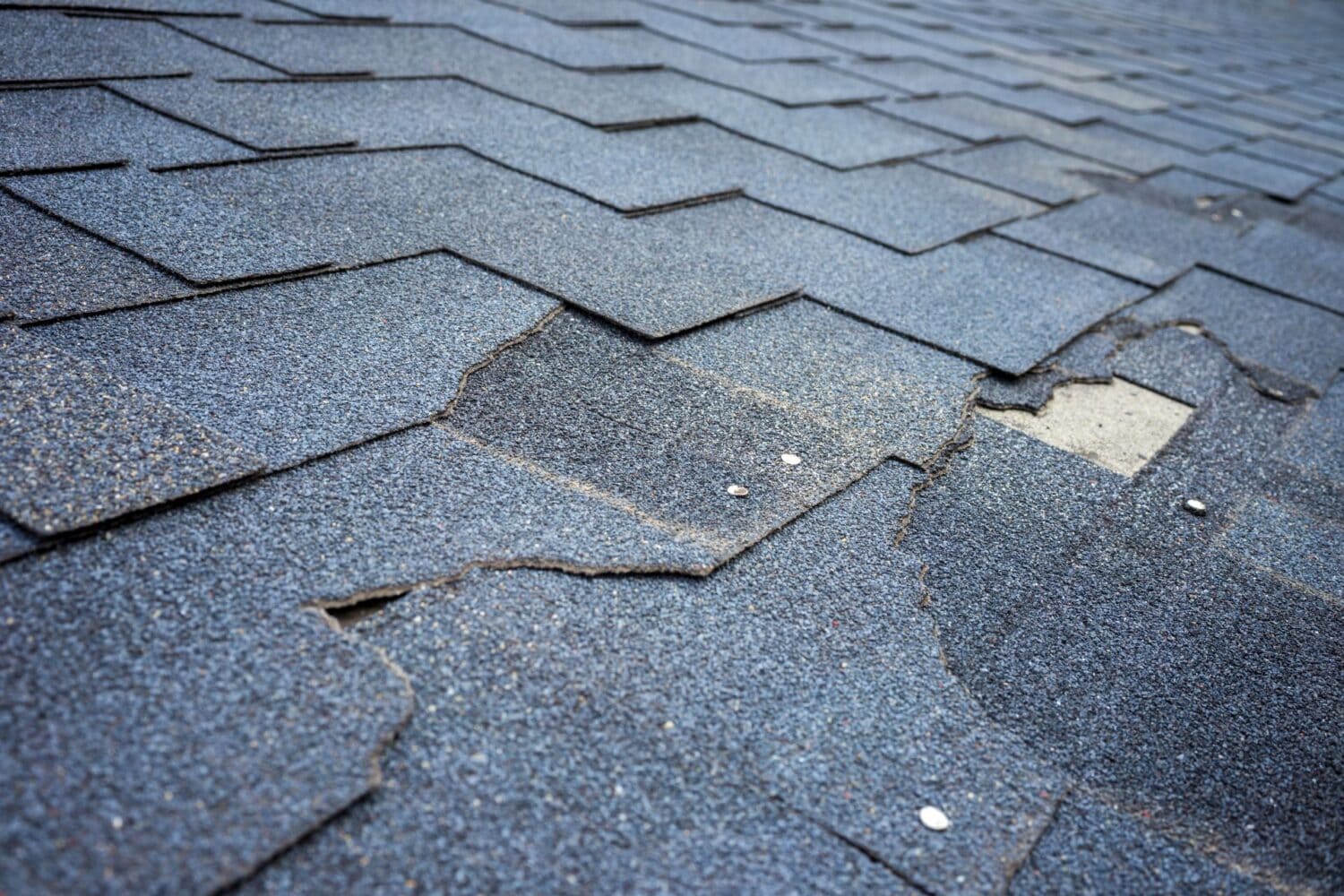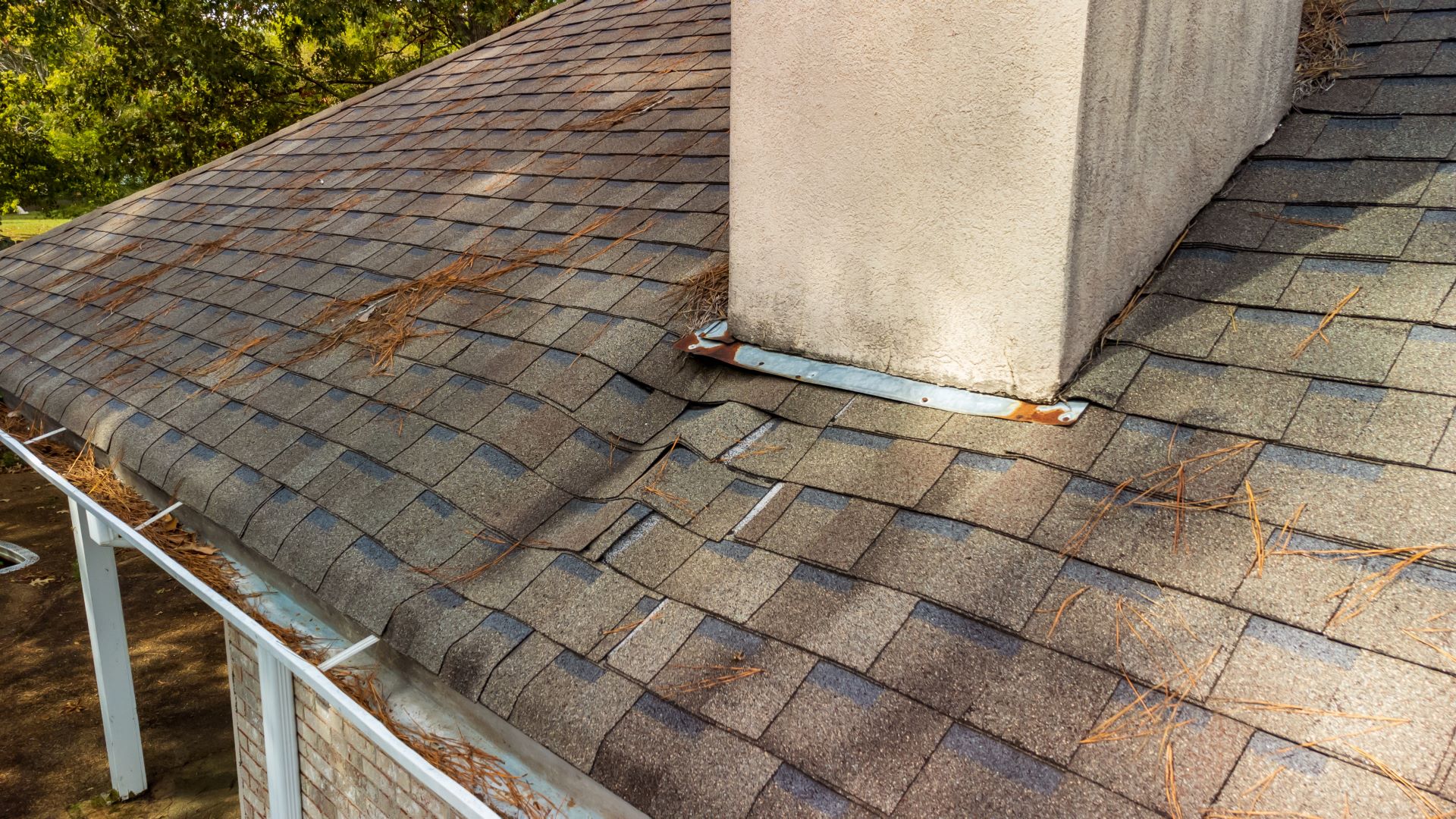A roof is one of the most critical components of any building, providing protection from the elements and contributing to the overall structural integrity of the home. Over time, however, even the most well-constructed roofs can begin to show signs of wear and tear. Recognizing roof replacement signs early can save you from costly repairs down the line. This article will explore the various signs that point to the need for a roof replacement, including visible damage, water leaks, increased energy bills, and more.
Introduction to Roof Replacement Signs
The condition of a roof often goes unnoticed until it starts to show visible signs of wear and tear. Therefore, it’s important that homeowners are aware of the key roof replacement signs to prevent extensive damage. Signs you need a new roof encompass a variety of visual cues and symptoms that indicate a roof’s deterioration, ranging from subtle to overt.
Common Signs Your Roof Needs Replacing
As one of the most critical components of any structure, a roof serves as the first line of defense against the elements. Over time, however, even the most durable roofs can succumb to wear and tear, requiring replacement to maintain the integrity of the building. Sometimes, addressing minor issues with a roof repair can be more cost-effective than opting for a full replacement, but in the case where a full roof replacement is necessary, homeowners and property managers should be prepared in order to avoid potential structural damage. From subtle leaks to visible shingle deterioration, understanding these common indicators ensures timely intervention and preserves the safety and longevity of the property. Below are just some of the common roof repair signs which can help you address minor issues before they escalate into major problems.
Age of the Roof
The age of your roof is a significant factor, with many experts considering a roof older than 20 years to exhibit roof replacement signs. If your roof is nearing or has exceeded this age, it’s wise to have it inspected by a professional. Old age often leads to weakening materials that are more prone to leaks and damage. In fact, one of the most common issues homeowners face is roof leaks, which can lead to significant water damage if not promptly addressed. Persistent leaks and water damage are clear indicators that your roof needs repair to prevent further issues.
Additionally, extreme weather conditions, such as heavy storms or prolonged exposure to sunlight, can accelerate the roof deterioration process, making it essential to assess the condition of an aging roof regularly. A professional roofing inspection can provide valuable insights into the overall health of your roof and help you make informed decisions about whether repairs or replacement are necessary to ensure the continued protection of your property.
Visible Damage to Shingles
One of the most obvious roof replacement signs is missing shingles or even damaged or cracked shingles. Shingles act as the first line of defense for your roof. If you notice missing, cracked, or curling shingles, it’s a clear indication that your roof is deteriorating.
Shingles can become damaged due to weather conditions, falling debris, or age. Regular inspections can help identify these issues early, saving you from more significant problems. If you notice cracked or curled shingles during a visual inspection, it’s a strong indication that your roof needs fixing. Moreover, damaged shingles not only compromise the aesthetic appeal of your property but also expose the underlying structure to potential water damage and leaks. Ignoring these signs can lead to costly repairs and even structural issues down the line. Therefore, contacting a roofing professional at the first sight of damaged shingles is crucial to address the problem promptly and prevent further deterioration. Their expertise can ensure that any necessary repairs or replacements are carried out effectively, restoring the integrity and functionality of your roof.
Granule Loss in Gutters
Asphalt shingles are coated with granules that protect them from UV rays and provide fire resistance. Over time, these granules can start to wear off and accumulate in your gutters. If you notice a significant amount of granules in your gutters, it’s a sign that your shingles are deteriorating and may need replacement. This loss of granules not only compromises the protective capabilities of your roof but also accelerates the aging process of the shingles, making them more susceptible to damage from weather elements.
Additionally, exposed asphalt shingles can become brittle and prone to cracking, further exacerbating the deterioration. Therefore, observing granule loss in your gutters should prompt you to contact a roofing professional for a thorough inspection. They can assess the extent of the damage and recommend the appropriate course of action to restore the integrity and longevity of your roof.
Signs of Water Damage
Water stains on your ceiling or walls are an indication of a leaky roof. Leaks can result from damaged shingles, deteriorated underlayment, or compromised flashing. Ignoring water damage can lead to structural issues, mold growth, and extensive repairs. It’s crucial to address these signs promptly to prevent further damage.
Additionally, leaks not only compromise the structural integrity of your property but also pose health risks to occupants due to the potential growth of mold and mildew. Mold spores released into the air can exacerbate respiratory issues and allergies, posing a significant threat to the well-being of individuals living or working in the affected space. Therefore, if you notice water stains or any signs of water infiltration, it’s important to contact a roofing professional immediately to identify the source of the leak and implement necessary repairs to safeguard both your property and your health.
Sagging or Drooping Roof
Sagging or drooping areas are clear signs your roof needs to be replaced immediately to prevent further structural damage. A sagging or drooping roof is a serious sign of structural issues. It may be caused by water damage, inadequate support, or excessive weight from snow or debris. If you notice areas of your roof that appear to be sagging or drooping, it’s essential to have a professional inspect it immediately to assess the severity of the problem. Ignoring a sagging roof can lead to catastrophic consequences, such as roof collapse, which not only poses significant safety risks but also results in extensive property damage and potential injuries to occupants.
Additionally, a sagging roof can indicate underlying structural deficiencies that need to be addressed promptly to prevent further deterioration and ensure the stability of the building. By seeking the expertise of a roofing professional, you can identify the root cause of the sagging and implement appropriate measures to reinforce the structure and restore the integrity of your roof.
Increased Energy Bills
An unexplained increase in your energy bills can also be one of the more subtle roof replacement signs. A well-insulated roof helps regulate indoor temperatures by keeping heat in during the winter and out during the summer. Inefficient insulation allows heat to escape during the winter months, forcing your heating system to work harder to maintain a comfortable temperature indoors. Similarly, during the summer, poor insulation allows heat to penetrate your home, leading to increased reliance on air conditioning to cool the space. If you notice a sudden increase in your energy bills, it could be due to a compromised roof that is no longer providing adequate insulation.
Replacing your roof can significantly improve energy efficiency and reduce heating and cooling costs. By investing in a new roof with proper insulation, you can create a more comfortable living environment year-round while also lowering your energy consumption and utility expenses. Additionally, improved energy efficiency not only benefits your wallet but also reduces your carbon footprint, contributing to a more sustainable lifestyle.
Presence of Moss or Algae
Moss and algae growth on your roof not only looks unsightly but can also cause serious damage over time. They retain moisture, which can lead to the deterioration of roofing materials and cause leaks. In addition to compromising the structural integrity of your roof, moss and algae can also attract pests and insects, further exacerbating the problem. Regular maintenance and cleaning can help prevent moss and algae build-up. This includes trimming overhanging branches to allow more sunlight onto the roof, as well as periodically removing any debris that may accumulate. However, if the growth is extensive and has already caused damage to the roofing materials, it may be time to consider roof replacement. Investing in a new roof not only eliminates the existing moss and algae but also provides an opportunity to install preventative measures, such as zinc or copper strips, which inhibit their growth in the future. By addressing the issue proactively, you can protect the integrity of your roof and prolong its lifespan, ultimately saving you time and money on repairs.
When to Contact a Roofing Professional
Knowing when to contact a roofing professional is crucial for ensuring the timely and effective resolution of roofing issues. While some minor maintenance tasks can be handled by homeowners, certain signs necessitate the expertise of a qualified roofer.
If you notice persistent leaks, significant shingle damage, sagging areas, or signs of structural compromise, it’s necessary to reach out to a roofing professional promptly. If you notice water stains on your ceiling, this might be one of the critical roof replacement signs. Additionally, if your roof is approaching the end of its expected lifespan or if you’re planning to sell your property and want a thorough inspection, consulting with a professional roofer is advisable. By seeking the assistance of a knowledgeable and experienced roofing professional, you can address problems proactively, reduce risks, and maintain the longevity and functionality of your roof.
Conclusion
Your roof plays a crucial role in protecting your home and ensuring its longevity. By staying vigilant and recognizing the warning signs of roof damage, you can take proactive steps to address issues before they become significant problems.
Understanding when to replace a roof can save homeowners significant time and money by addressing issues before they escalate. By identifying the various roof replacement signs, you can ensure timely maintenance and extend the life of your roof. Whether it’s visible damage, water leaks, increased energy bills, or the presence of moss and algae, being aware of these indicators can help you determine when it’s time for a roof replacement.
While some roofing issues can be addressed with repairs, there comes a point when replacement is the better option as your roof hits its roof lifespan. If you’re noticing multiple signs of damage, or if your roof is nearing the end of its lifespan, it’s essential to contact a roofing professional. They can provide a thorough inspection and provide the expertise and guidance needed to make the best decision for your home.


